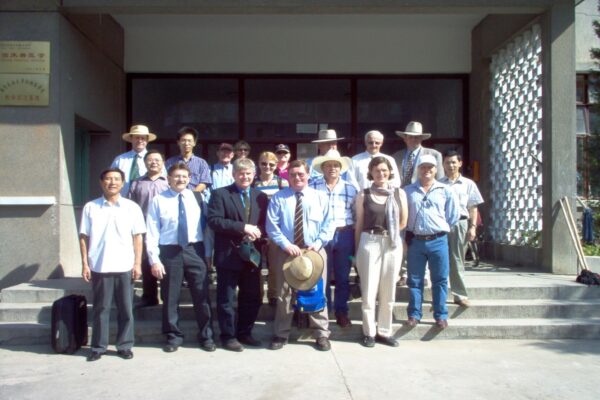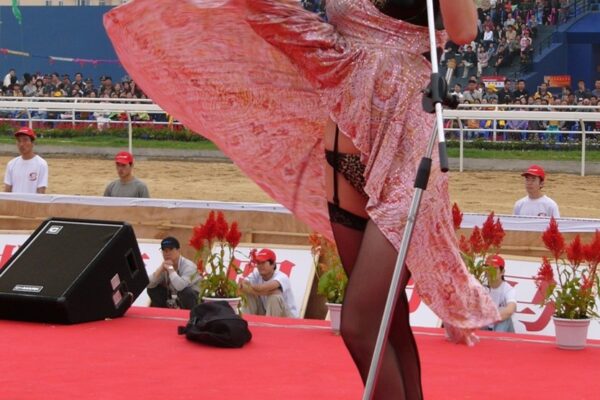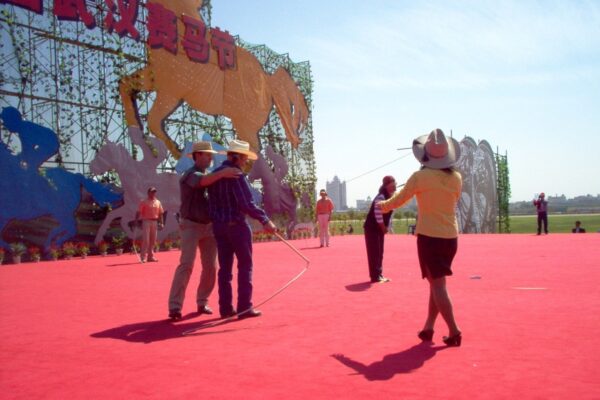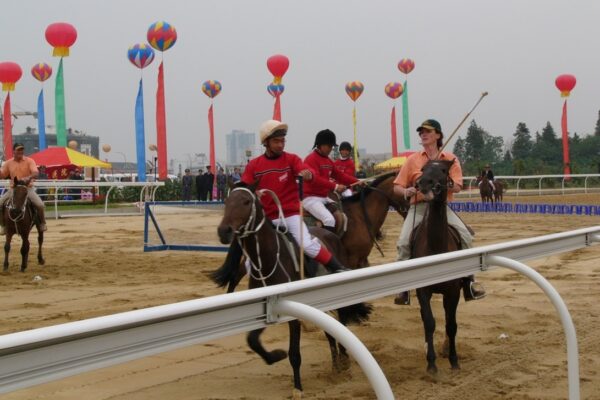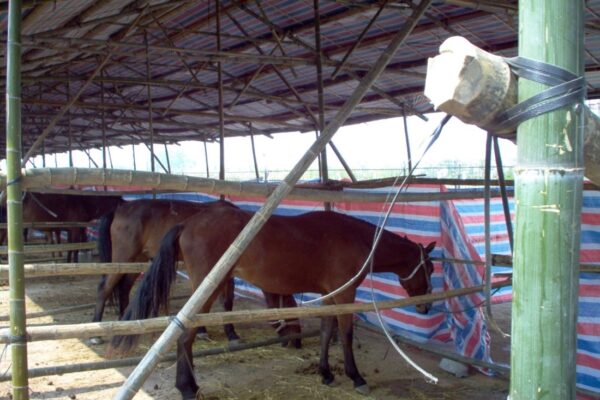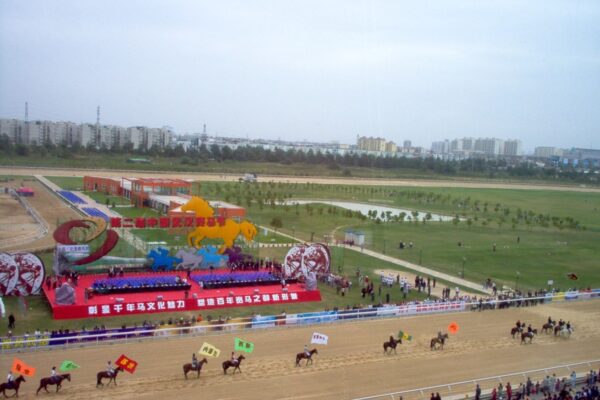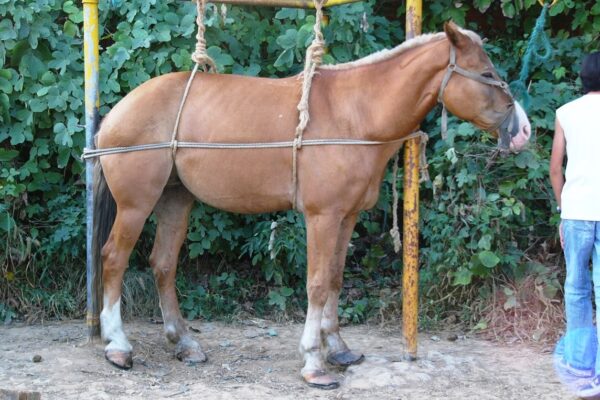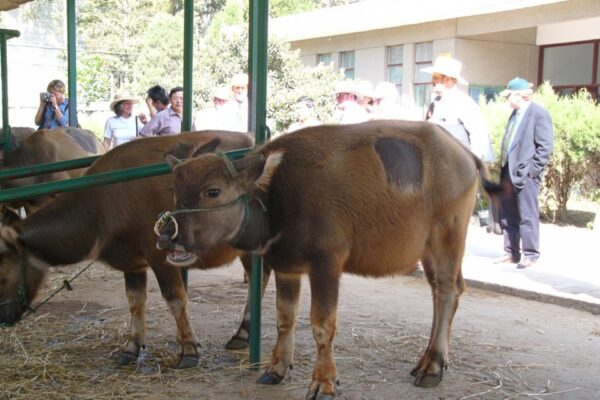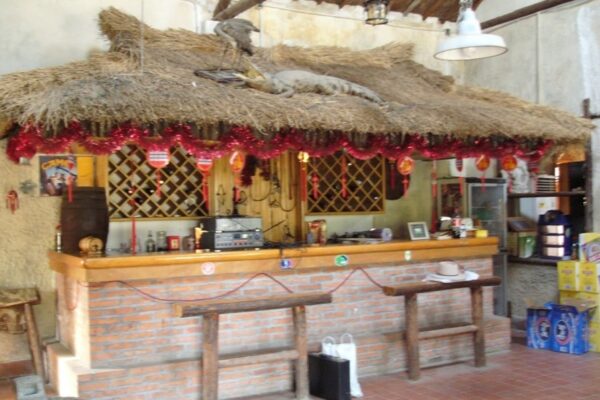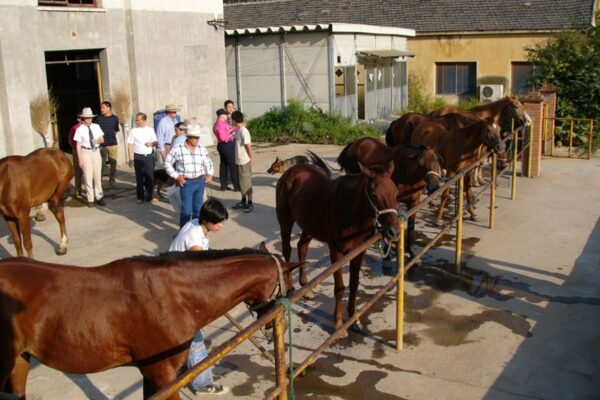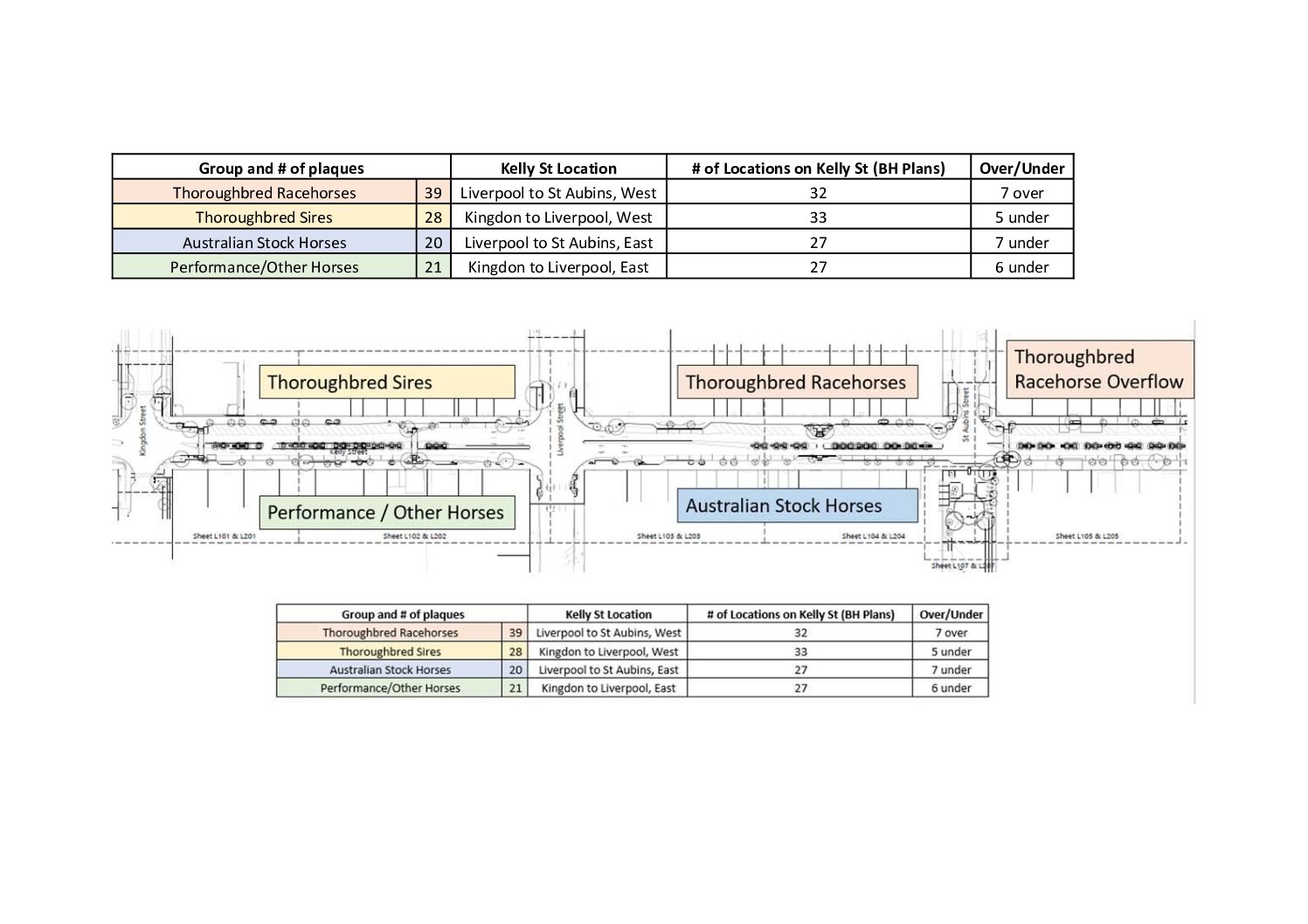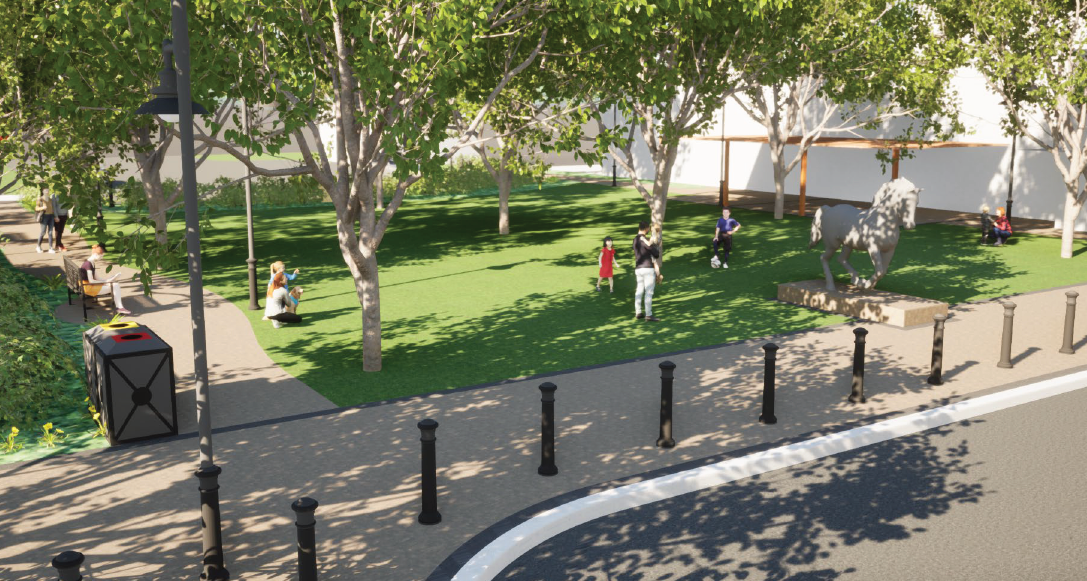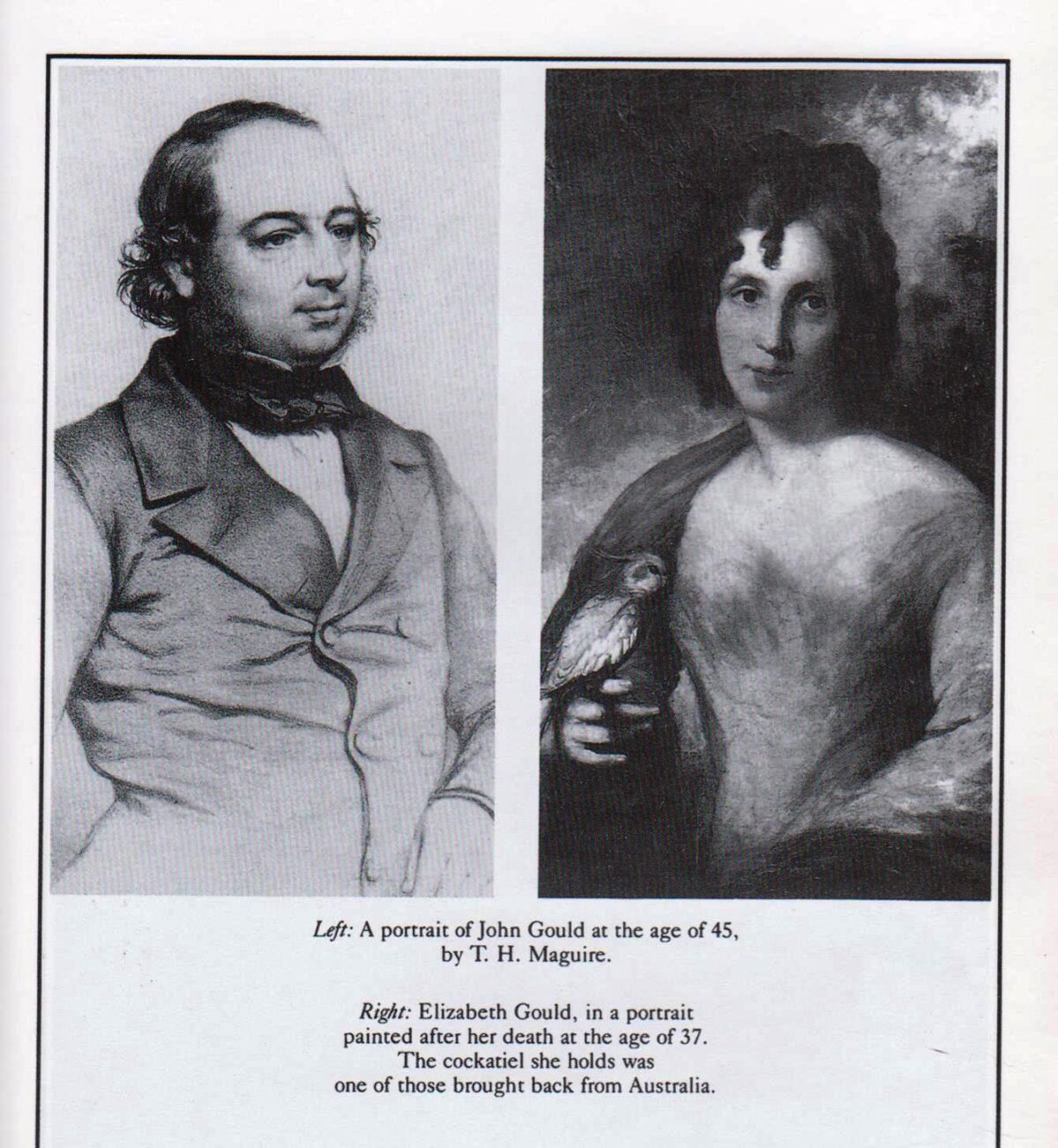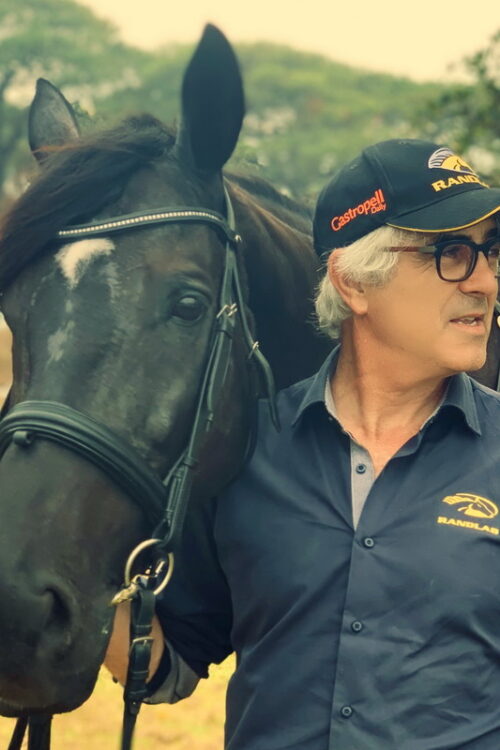Sydney Spring Racing Carnival 2023 ‘Higher Than Everest’
See: Record highs at the Sydney Everest Carnival (justhorseracing.com.au)
Record highs at the Sydney Everest Carnival
Posted by: Bernard Kenny at 9:56am on 12/11/2023
Posted in: Horse Racing News
FEATURED IMAGE: STEVE HART
“The 2023 Sydney Everest Carnival was Sydney’s biggest and best Spring on record, with record participation and prizemoney complemented by world-class competition.”
James Ross, ATC Head of Racing and Wagering further stated “a total of 29 Group and Listed races including six Group 1 events were contested, with 21 races worth $1m or more.”
“We expect several of our races feature in the world’s top 100, with the TAB Everest the world’s highest rated sprint race, and including the $5m King Charles III Stakes being very successful.”
“The strength of Sydney’s biggest training centre Warwick Farm was further highlighted with Joe Pride leading in first and third in the TAB Everest, with a third of the field from the centre.”
“The stature of the James Squire Golden Eagle again rose significantly with international participation and victory for Japan leading to increased engagement from the Japanese market.
$87m in prizemoney was won from 16 September to 11 November, including the world’s richest turf race the $20m TAB Everest and second richest race the $10m James Squire Golden Eagle.
12 weeks of world-class racing which concluded with significant increases across key areas, including a new record crowd for modern-day Royal Randwick of 46,498 people on TAB Everest Day.
In all, Racing NSW’S increased investment in the $87m Sydney Everest Carnival at Rosehill Gardens and Royal Randwick has set a new level for Spring racing that’s been extremely Successful.
On the scoreboard, Nash Rawiller finished first as the Carnival’s Leading Jockey on 66 points with 14 wins, based on the 3-2-1 system, with Jason Collett second on 41 points and 5 wins.
Sydney’s 13-time premiership trainer Chris Waller was the Leading Trainers on 66 points with 12 wins with Gai Waterhouse and Adrian Bott second with 42 points having had 9 race wins.
Again, it was Chris Waller as Leading Group 1 Trainer with Rediener, Militarize and Fangirl and Adam Hyeronimus as Leading Group 1 Jockey with wins on Tom Kitten and Tropical Squall.
Across this 2023 Sydney Everest Carnival a total of 1512 acceptances were taken, up by 129 horses from the previous Spring, while nominations increased to 2803, up from 2520 last year.
The 11th $20m TAB Everest was won by the Warwick Farm and Joe Pride trained Think About It, ridden by Sam Clipperton, and the $10m James Squire Golden Eagle by Japan’s Obamburumai.
Trained by Keiji Yoshimura and ridden by Josh Parr, Obamburumai headed the eleven internationals at the Carnival, with 12 arrived for the Spring Carnival, and 10 to continue racing in Sydney.
The Sydney Everest Carnival was signifyingly enhanced with the Group 1 $5m King Charles III Stakes on TAB Everest Day, won by Fangirl for Chris Waller and champion jockey James McDonald.
Two of the Australian Turf Club’s flagship races, the Group 1 $1.5m TAB Epsom and Group 1 $750,000 James Squire Metropolitan were won by Sydney trainers and two Sydney emale jockeys.
Kathy O’Hara took out the ATB Epsom in the Chris Waller trained Rediener, and Just Fine ridden by Rachel King for Gai Waterhouse and Adrian Bott saluted in the James Squire Metropolitan.
The Group 1 Darley Flight Stakes was won by Adam Hyeronimus on Tropical Squall for Gai Waterhouse and Adrian Bott, and on Tom Kitten for James Cummings and owner breeder Godolphin.
Nash Rawiller also took out the Group 1 $1m Moët & Chandon Spring Champion Stakes on Tom Kitten, while he won the new Carnival feature $1m 7 Stakes on Think It Over for trainer Kerry Parker.
